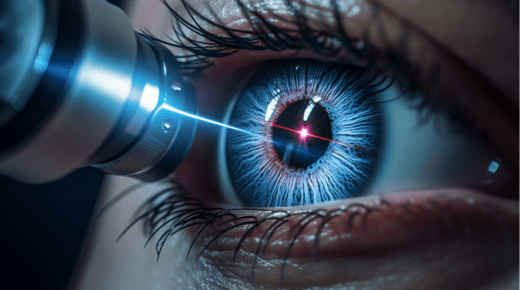Malocclusion, also known as bad bite, is a common dental condition characterized by misalignment of the teeth and jaws. It affects millions of people worldwide, causing discomfort, pain, and self-consciousness. In this article, we will delve into the world of malocclusion, exploring its causes, types, symptoms, and treatment options offered by the dentist in Springfield, VA.
What is malocclusion?
Malocclusion, also known as bad bite, is a dental condition characterized by a misalignment or improper fit of the upper and lower teeth, affecting the way they fit together when the mouth is closed. This can lead to an uneven bite, causing the teeth to overlap, crowd, or gap, resulting in difficulties with chewing, biting, and speaking. Malocclusion can also put excessive strain on the jaw joint (TMJ) and surrounding muscles, leading to discomfort, pain, and potentially even long-term damage.
What causes malocclusion?
Malocclusion can result from a combination of genetic, and environmental factors, including:
Genetic causes:
- Inherited traits: Size and shape of teeth and jaw
- Family history: Malocclusion can run in families
- Abnormal tooth development: Supernumerary teeth, missing teeth, or peg-shaped teeth
Environmental causes:
- Poor oral habits
- Thumb sucking or pacifier use beyond age 3-4
- Tongue thrusting or other abnormal tongue habits
- Finger or nail biting
- Injury or trauma: Blow to the mouth or face
- Tooth loss: Premature loss of baby or permanent teeth
- Abnormal jaw development
- Uneven jaw growth or development
- Crossbite, overbite, or underbite
- Poor dental work
- Improperly fitted dental restorations (fillings, crowns, etc.)
- Poorly aligned dental implants
- Gum disease or periodontal issues
- Advanced gum disease leading to tooth migration
- Other factors
- Prolonged bottle feeding or breastfeeding
- Tumors or cysts in the jaw or mouth
- Certain medical conditions (e.g., Down syndrome, cerebral palsy)
What are the types of malocclusion?
There are three main types of malocclusion:
- Class I: Mild misalignment, with upper and lower teeth overlapping slightly
- Class II: Moderate misalignment, with upper teeth significantly overlapping lower teeth
- Class III: Severe misalignment, with lower teeth overlapping upper teeth
What are the symptoms of malocclusion?
Malocclusion can lead to various symptoms, including:
- Difficulty chewing or biting food
- Tooth wear or tear
- Jaw pain or discomfort
- Headaches or migraines
- Earaches or ringing in the ears (tinnitus)
- Clicking or popping of the jaw joint (TMJ)
- Difficulty speaking or enunciating words
- Breathing difficulties (sleep apnea)
- Snoring or sleep disorders
- Self-consciousness about one’s smile
- Difficulty closing the lips or mouth
- Teeth that overlap or crowd
- Gaps between teeth
- Upper and lower teeth that don’t meet properly
- Teeth that stick out or are bucked
- A jaw that shifts or clicks when opening or closing
- Pain or tenderness in the face, neck, or shoulders
- Difficulty swallowing
- Tooth Sensitivity
- Gum recession or periodontal issues
How is malocclusion treated?
Treatment of malocclusion depends on the severity and type of malocclusion, as well as the patient’s age and overall health. Here are some common treatment options:
- Orthodontic treatment
- Braces (metal or ceramic)
- Clear aligners (e.g., Invisalign)
- Retainers
- Dental restorations
- Crowns or bridges to restore damaged or missing teeth
- Veneers or bonding to improve tooth shape and appearance
- Oral surgery
- Jaw realignment (orthognathic surgery)
- Tooth extraction (in severe cases)
- Orthodontic appliances
- Headgear or face masks to correct jaw growth
- Palatal expanders to widen the upper jaw
- Habit correction
- Thumb-sucking or pacifier cessation programs
- Tongue thrust correction exercises
- Interdisciplinary treatment
- Combination of orthodontics and restorative dentistry
- Collaboration with other specialists (e.g., oral surgeons, periodontists)
Malocclusion is a common dental condition that can significantly impact one’s quality of life. By understanding its causes, types, symptoms, diagnosis, treatment options, and prevention strategies, individuals can take proactive steps toward achieving a healthier, more confident smile. If you suspect you or a loved one may have malocclusion, consult a dental professional for personalized guidance and care.




